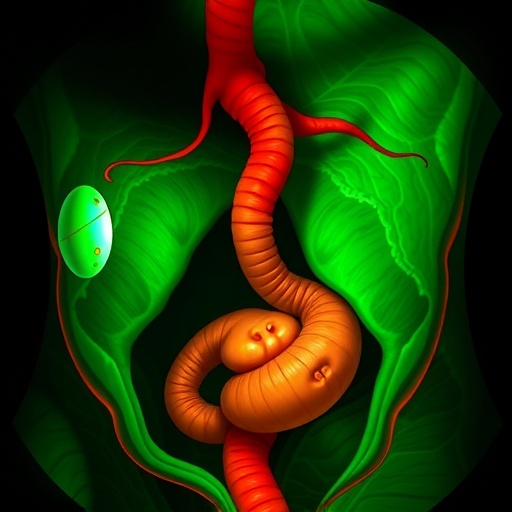Assessing the thickness of melanoma is difficult, whether done by an experienced dermatologist or a well-trained machine-learning algorithm. A study from the University of Gothenburg shows that the algorithm and the dermatologists had an equal success rate in interpreting dermoscopic images.

Credit: Photo by University of Gothenburg.
Assessing the thickness of melanoma is difficult, whether done by an experienced dermatologist or a well-trained machine-learning algorithm. A study from the University of Gothenburg shows that the algorithm and the dermatologists had an equal success rate in interpreting dermoscopic images.
In diagnosing melanoma, dermatologists evaluate whether it is an aggressive form (“invasive melanoma”), where the cancer cells grow down into the dermis and there is a risk of spreading to other parts of the body, or a milder form (“melanoma in situ,” MIS) that develops in the outer skin layer, the epidermis, only. Invasive melanomas that grow deeper than one millimeter into the skin are considered thick and, as such, more aggressive.
Importance of thickness
Melanomas are assessed by investigation with a dermatoscope — a type of magnifying glass fitted with a bright light. Diagnosing melanoma is often relatively simple, but estimating its thickness is a much greater challenge.
“As well as providing valuable prognostic information, the thickness may affect the choice of surgical margins for the first operation and how promptly it needs to be performed,” says Sam Polesie, associate professor (docent) of dermatology and venereology at Sahlgrenska Academy, University of Gothenburg, Polesie is also a dermatologist at Sahlgrenska University Hospital and the study’s first author.
Tie between man and machine
Using a web platform, 438 international dermatologists assessed nearly 1,500 melanoma images captured with a dermatoscope. The dermatologists’ results were then compared with those from a machine-learning algorithm trained in classifying melanoma depth.
Among the dermatologists, overall accuracy was 63% for correct classification of MIS, and 71% for that of invasive melanomas.
“Interestingly, professional background and experience in dermoscopy had no bearing on diagnostic accuracy in predicting melanoma thickness.
The area under the curve, which is a measurement ranging from 0 to 1 on performance was 0.83 for the pretrained machine learning algorithm and 0.85 for the combined AUC of the individual readers’. Collectively, the dermatologists’ assessment performed on par with an algorithm trained in distinguishing MIS and invasive melanomas,” Polesie says.
Hard to assess
Artificial Intelligence (AI) is making major leaps forward in health care. This technology is, in particular, expected to be capable of development as support for medical imaging — that is, for doctors who assess and interpret images, such as X-rays and pictures of the retina and skin changes. The technology is also applicable to areas other than image recognition.
“Our study highlights the difficulties of correctly assessing melanoma thickness on the basis of dermoscopic images,” Polesie adds.
“In future studies, we aim to explore the usefulness of predefined dermoscopic structures for distinguishing . We also want to test whether clinical decision-making in this situation can be improved by means of machine-learning algorithms.”
The results are published in the Journal of the European Academy of Dermatology and Venereology, JEADV. The study was conducted in collaboration with researchers at the Medical University of Vienna, Austria.
Journal
Journal of the European Academy of Dermatology and Venereology
DOI
10.1111/jdv.18436
Method of Research
Imaging analysis
Subject of Research
People
Article Title
Assessment of melanoma thickness based on dermoscopy images: an open, web-based, international, diagnostic study
Article Publication Date
16-Jul-2022




